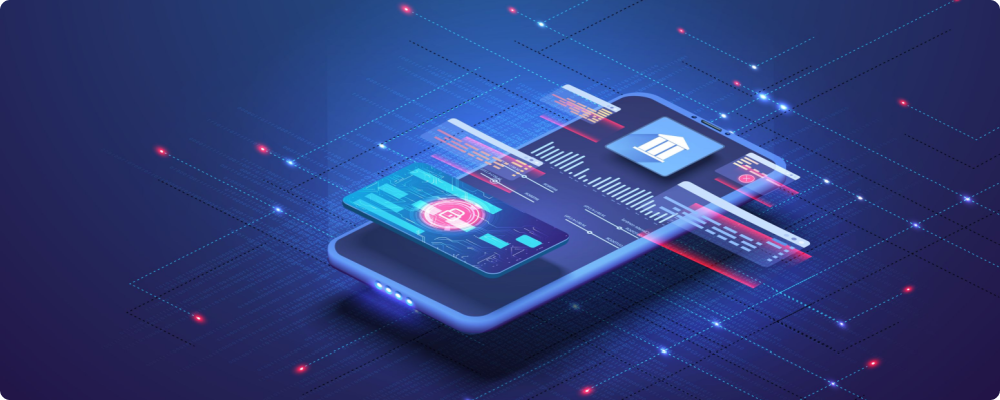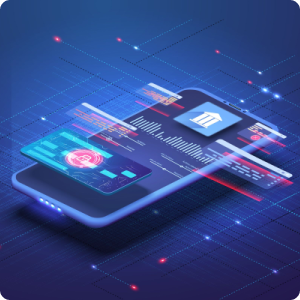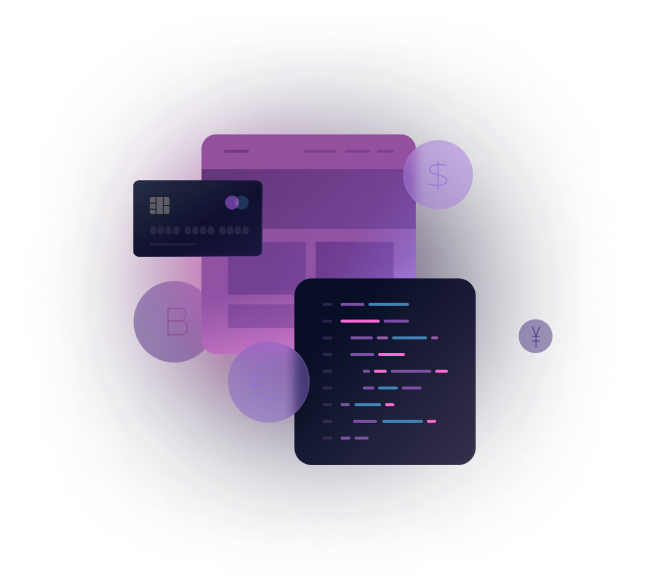

The Rise of Neobanking
November 9th, 2023 | 5 minsIn a financial market long dominated by traditional institutions, neobanks are emerging as disruptive forces. They're revolutionizing how we think about banking, offering a fresh, digital alternative to conventional methods.
Neobanks: The New Frontier in Financial Inclusion
A neobank is a digital-only financial institution that operates without the brick-and-mortar branches typical of traditional banks. These modern banking alternatives are gaining traction for their user-friendly interfaces, competitive rates, and low fees. But what truly sets them apart is their inclusivity. Neobanks cater to a demographic often overlooked by traditional financial institutions, offering essential services like credit-building products, checking accounts, and financial health tools. By doing so, they're not just providing banking services; they're democratizing access to financial stability and well-being.
The Digital Divide: Neobanks vs. Traditional Banks
The banking landscape is undergoing a seismic shift, with neobanks challenging the long-standing reign of traditional financial institutions. By leveraging cutting-edge technology, neobanks offer a more intuitive and responsive user experience. Often operating under the umbrella of a partner bank's license, they bypass the regulatory complexities that come with traditional banking. The lack of physical branches translates to lower operational costs, allowing neobanks to pass on the savings to customers through reduced fees.
Ultimately, the choice between traditional and neobanks hinges on individual preferences, but neobanks clearly offer a fresh, cost-effective approach to personal finance.
The Engine Behind Neobanks: Bank Linking Aggregators
One of the key factors driving the efficiency and user-friendliness of neobanks is their reliance on bank linking aggregators like Plaid, Finicity, and MX. These aggregators serve as the backbone of the digital banking experience, offering a range of functionalities that streamline various banking processes.
1. Instant Account Authentication
The moment a user decides to link their bank account to a neobank, these aggregators spring into action. They facilitate instant authentication, eliminating the need for cumbersome paperwork or time-consuming verification processes. This instantaneity not only enhances user experience but also aligns with the expectations of today's digital banking customers, who demand quick and hassle-free account access.
2. Verifying Account Ownership
Security is paramount in the world of digital banking. Aggregators play a crucial role in this aspect by verifying that the account being linked actually belongs to the user. This adds an extra layer of security and helps in risk management.
3. Real-Time Balance Checks
One of the standout features offered by these aggregators is the ability to check account balances in real-time. This is especially useful for users who are keen on budgeting or need to make immediate financial decisions. It also adds a layer of transparency that is often missing in traditional banking systems.
By integrating these functionalities, neobanks are not only able to offer a seamless and secure banking experience but also meet the high expectations of modern consumers.
Empowering Neobanks with Meld's Bank Linking Stack
In the competitive landscape of neobanking, offering a seamless and comprehensive user experience is paramount. Meld steps in to elevate this experience by providing a robust bank linking stack that aggregates multiple data providers. By doing so, Meld significantly improves institution coverage, ensuring that neobanks can connect to over 20,000 financial institutions. This is particularly beneficial for neobanks aiming to serve a diverse customer base, including those who may have accounts with smaller or less common banks.
The result is a more inclusive and frictionless user experience, which is crucial for customer retention and satisfaction. Meld's Bank Linking Stack serves as a cornerstone for neobanks, enabling them to offer a superior service that meets the high expectations of today's digitally savvy consumers.
Learn more about how Meld is making Bank Linking work here
Conclusion
Neobanks are not just challenging the traditional banking industry; they are revolutionizing it. By leveraging technology and innovative business models, they are bringing about much-needed change and innovation to the sector. Neobanks are empowering consumers to take control of their financial health, offering services that are more inclusive and accessible.
Building a neobank? Consider powering your platform with Meld’s Bank Linking Stack! Improve your institution coverage and conversion rates with a single integration. Learn how you can launch in weeks instead of sprints here.
FAQs
1. What Makes Neobanks Different from Traditional Banks?
Neobanks are digital-only financial institutions that operate without physical branches. They leverage cutting-edge fintech to offer user-friendly interfaces, competitive rates, and low fees. Unlike traditional banks, neobanks focus on inclusivity, catering to demographics often overlooked by conventional financial institutions.
2. How Do Neobanks Use ACH for Transactions?
ACH is a network used for moving money and information from one bank account to another. Neobanks, with their focus on digital convenience, make extensive use of ACH to facilitate quick and secure transactions. These institutions often use ACH for transactions like direct deposits and bill payments.
3. How Do Bank Linking Aggregators Enhance the Neobanking Experience?
Bank linking aggregators like Plaid, Finicity, and MX serve as the backbone of the neobanking experience. They facilitate instant account authentication, verify account ownership, enable real-time balance checks, and offer advanced identity verification methods. These features streamline various banking processes, making the user experience seamless and secure.
4. How Does Identity Verification Work in Neobanks?
Identity verification is a critical aspect of digital banking. When a user decides to link their bank account to a neobank, bank linking aggregators verify that the account actually belongs to the user. This adds an extra layer of security and helps in risk management. Advanced identity verification methods are incorporated to minimize the risk of unauthorized access.


